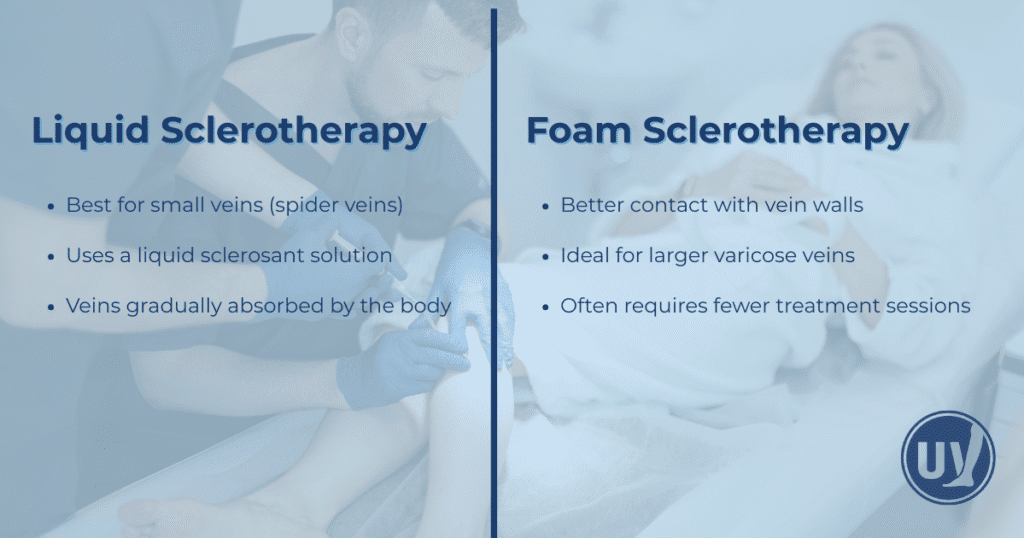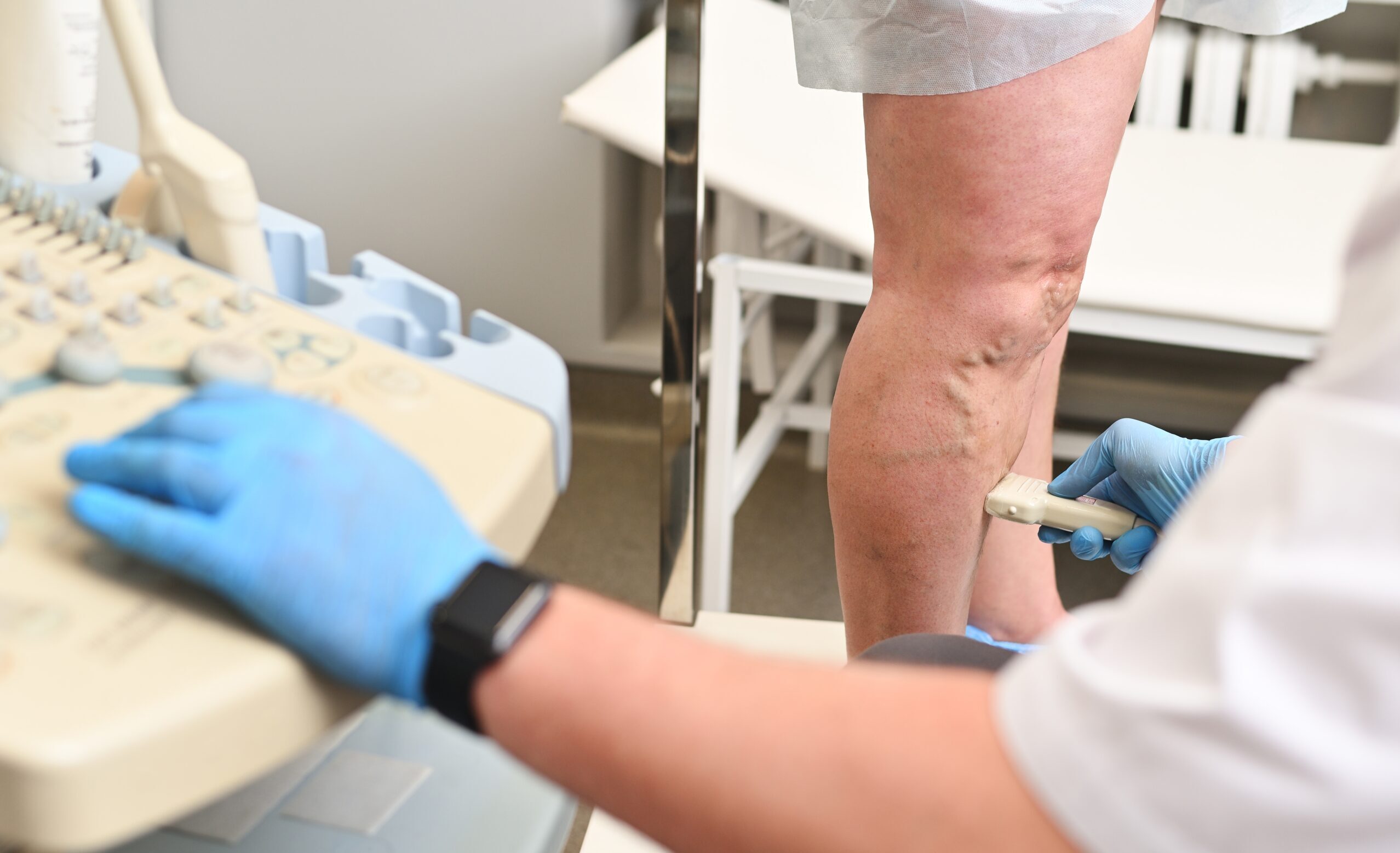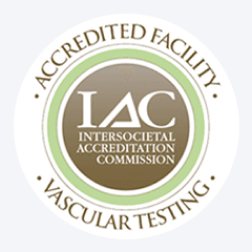If you’ve been struggling with varicose veins or other vein-related issues, you’ve probably come across the term sclerotherapy. But did you know there are two different approaches—foam and liquid—that can make a big difference in your treatment results?
Sclerotherapy is a trusted, minimally invasive procedure designed to improve both the health and appearance of your veins. Whether you’re looking for relief from discomfort or want to feel more confident about how your legs look, understanding your options is the first step.
In this article, we’ll break down the differences between foam and liquid sclerotherapy, explain when each method is most effective, and help you feel confident about which treatment may be right for you.
Understanding Sclerotherapy: The Basics
Sclerotherapy is a minimally invasive procedure commonly used to treat varicose veins and other vein issues.
During the treatment, a special solution is injected directly into the affected veins. This solution irritates the vein’s lining, causing it to collapse and close. Over time, the body naturally reabsorbs the treated vein, improving both appearance and symptoms.
There are two main types of solutions used:
- Liquid sclerosant: Used for small veins, such as spider veins.
- Foam sclerosant: Ideal for larger veins, like varicose veins.
Sclerotherapy has a long history of being safe and effective, making it a trusted treatment with a high success rate. Patients often choose this procedure because it is simple, well-tolerated, and does not require anesthesia.
Recovery is typically quick, and patients often resume normal activities soon after treatment. Follow-up visits may be necessary to evaluate the treatment’s effectiveness and to determine if additional sessions are needed. Understanding these basics can help you approach sclerotherapy with confidence.
How Sclerotherapy Works: The Science Behind the Procedure
Here’s how sclerotherapy works: during the procedure, a specially formulated solution—called a sclerosant—is gently injected into the affected vein. This solution irritates and inflames the lining of the vein, causing it to close off and collapse. Over time, the treated vein is naturally absorbed by the body, and blood is rerouted to healthier veins nearby. The result is not only an improvement in circulation but also a smoother, clearer appearance in the treated area.
After treatment, the healing process begins. Patients may notice gradual improvements in vein appearance. Blood flow improvement often alleviates discomfort.
The success of sclerotherapy depends on several factors. These include the skill of the practitioner and patient-specific conditions. Understanding this process aids in setting realistic expectations.
What Is Liquid Sclerotherapy?
Liquid sclerotherapy has long been a trusted approach. It’s well-suited for smaller veins. The sclerosant used is in liquid form.
This liquid agent directly infiltrates the vein, causing the vein’s lining to irritate and swell. Eventually, this leads to the closure of the vein.
Liquid sclerotherapy is minimally invasive, requires no anesthesia, and is usually done in an office setting. Patients typically experience minimal discomfort.
The process is straightforward but effective. The liquid can travel easily within narrow veins, which ensures even distribution and coverage.
However, more sessions might be needed compared to foam sclerotherapy. Each patient’s vein condition can vary, affecting the number of treatments required.
What Is Foam Sclerotherapy?
Foam sclerotherapy is a modern advancement in vein treatment. This method is particularly effective for larger veins. It utilizes a foam-form sclerosant.
The foam is created by combining the sclerosant with air or gas. This forms a thick, frothy substance. This foam offers several advantages over the traditional liquid form.
The foam pushes blood away as it’s injected. This feature ensures more direct contact between the foam and the vein wall. As a result, it enhances the effectiveness of the treatment.
Although foam sclerotherapy is often more efficient, it may have side effects for some. Certain individuals might experience visual disturbances or migraines after the procedure. It’s crucial to discuss these potential risks with a healthcare provider.
Foam vs Liquid Sclerotherapy: Key Differences
Understanding the differences between foam and liquid sclerotherapy is vital. Each method has unique properties and applications.
Foam sclerotherapy is often favored for treating larger varicose veins. Its foamy texture allows it to displace blood effectively. This enhances contact with the vein wall, promoting better results.
In contrast, liquid sclerotherapy is usually used for smaller veins. Spider veins respond well to this traditional method. It involves directly injecting the liquid into the targeted veins.
Deciding between foam and liquid can depend on the vein’s size and location. Both offer safe and effective results with proper assessment. Discussing options with a vein specialist ensures the right approach is chosen.
Always consider the specific advantages and limitations of each method. Empowering yourself with this knowledge helps make the best decision for your vein health.

Effectiveness: Which Option Works Best?
The effectiveness of sclerotherapy largely depends on the vein size and condition. Both foam and liquid sclerotherapy have proven success in treating varicose and spider veins.
Foam sclerotherapy tends to be more effective for larger, problematic veins. Its foamy texture improves contact with vein walls, leading to better outcomes in fewer sessions. This property allows for the collapse and eventual absorption of more stubborn veins.
Liquid sclerotherapy, however, excels in treating smaller veins. This method is particularly effective for aesthetic improvements, like spider veins, due to its refined approach. It has long been a trusted choice for dealing with minor vein concerns.
Discussing your specific needs with a vein specialist will guide you to the most suitable treatment. Each method offers unique advantages based on the situation.
Safety and Side Effects: What Patients Should Know
Both foam and liquid sclerotherapy are generally safe and effective. Nonetheless, being informed about potential side effects is essential to prepare adequately.
Mild side effects are common with both treatments. Patients might experience bruising, swelling, or redness at the injection site. These effects typically resolve on their own within a few days.
Foam sclerotherapy carries a slightly higher risk of visual disturbances or migraines. This is due to the presence of air or gas in the foam, making it crucial to discuss any history of migraines with your specialist.
Patients are advised to wear compression stockings post-procedure. This enhances recovery and helps mitigate some minor side effects. Always consult your healthcare provider if side effects persist or cause concern.
Who Is a Good Candidate for Each Treatment?
Determining the right sclerotherapy method depends on several patient-specific factors. Foam and liquid sclerotherapy each have ideal uses based on vein size and location.
Foam sclerotherapy is typically better suited for treating larger veins. These might include varicose veins needing enhanced blood displacement for effective treatment results.
Conversely, liquid sclerotherapy is often recommended for smaller veins, like spider veins. Its long-standing success with these smaller veins makes it a reliable choice.
What to Expect During and After the Procedure
Sclerotherapy is typically performed in a doctor’s office. The procedure doesn’t require anesthesia, which means you’ll remain comfortable throughout the treatment.
During the session, your specialist will inject the sclerosant directly into the affected vein. Each injection is precise and quick, often with minimal discomfort.
After the procedure, you might notice mild side effects. Commonly, these include minor bruising, swelling, or redness. Here’s what you may expect post-treatment:
- Wearing Compression Stockings: Aid in vein healing.
- Resuming Normal Activities: Usually possible within a day.
- Follow-up Appointments: May be needed to assess progress.
It’s crucial to follow your specialist’s post-care instructions. These will help optimize recovery and improve treatment outcomes.
Making the Right Choice: Questions to Ask Your Vein Specialist
Choosing between foam and liquid sclerotherapy can feel daunting. Speaking with a vein specialist can provide clarity. They will guide you based on the specifics of your condition and personal goals.
Each patient is unique, so personalized advice is vital. Open communication with your specialist is key to improving your vascular health.
Empowering Your Vein Health Journey
Knowing the differences between foam and liquid sclerotherapy is the first step toward making the right choice for your vein health. By understanding how each option works, you’re better prepared to take control of your care and move toward healthier, more comfortable legs.
At United Vein & Vascular Centers, our specialists are here to guide you through every step of the process, offering personalized treatment plans tailored to your unique needs. Don’t let vein concerns hold you back—schedule a consultation with UVVC today and take the next step toward confidence, comfort, and lasting vein health.
Frequently Asked Questions
The main difference lies in the form of the solution. Foam sclerotherapy mixes the sclerosant with air or gas, creating a foamy texture that pushes blood aside and coats the vein walls more thoroughly. Liquid sclerotherapy, on the other hand, uses the solution in its traditional liquid state, which spreads more naturally within the vein.
Foam sclerotherapy is often preferred for larger varicose veins, offering improved results, while liquid sclerotherapy works best for smaller, surface-level veins.
Yes. Both foam and liquid sclerotherapy are minimally invasive, generally safe, and effective, with mild side effects such as bruising or swelling in some patients.


